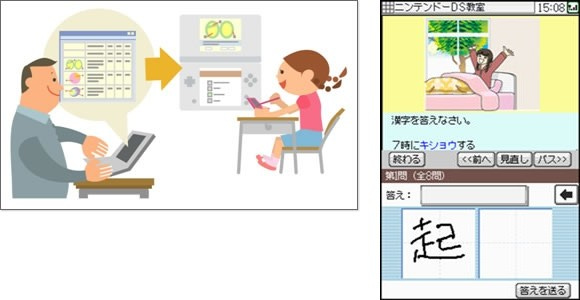Almost 14 years ago, in June 2009, Nintendo Japan announced a new type of Nintendo DS, the Nintendo DS Kyoushitsu, also known as the Nintendo DS Classroom. Developed by Nintendo and Sharp System Products, this device was designed exclusively for schools. You read that right, a new Nintendo DS created for elementary, middle and high school students: ironic, considering that schools were the places where the system was often confiscated.
This special Nintendo DS allowed teachers to interact with their students' Nintendo DS, DS Lite, or DSi via Wi-Fi and specific software installed on a PC. The students had to own a Nintendo DS Classroom cartridge, which gave them access to various applications. A PC could interact simultaneously with up to 50 DSs, and everything worked without an internet connection since this particular network was handled locally.
At the time Nintendo said it had developed the Nintendo DS Classroom to find another use for the console other than video games, and this was a new and interesting way of teaching. In a press release Nintendo showed some examples of what the device could do, like interactive or mock tests where the PC software automatically checked pupils' answers.
According to Nintendo, Sharp System Productions was working on more than 60 applications for Classroom, focusing on subjects such as languages, math, history and more. Thirty applications were aimed at elementary schools, twenty at middle schools and ten at high schools. Before the system launched in February 2010, Nintendo officially unveiled Nintendo DS Classroom at the 2009 New Education Expo, an event held in Osaka on June 17 and 18, 2009.
A Nintendo DS Classroom unit wasn't that different from a regular Nintendo DS, but some features made it stand out. For example, every Classroom console had a sticker on the back that included instructions for the main application. There was no Nintendo DSi Shop, so students couldn't play any DSiware during class time: the Classroom operating system only featured applications chosen by the school, in addition to the Web Browser and Flipnote Studio.
Initially students could use every Nintendo DS model as their console in class, but some months after the launch of the Classroom system, Nintendo decided to force the use of the Nintendo DSi. As Andriasang recalled, this was a good move: the software was easier to manage, and the wireless connection was faster. The DSi screen was also larger and the device included a camera.

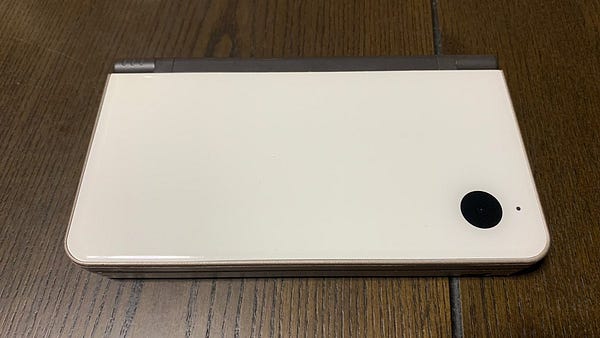
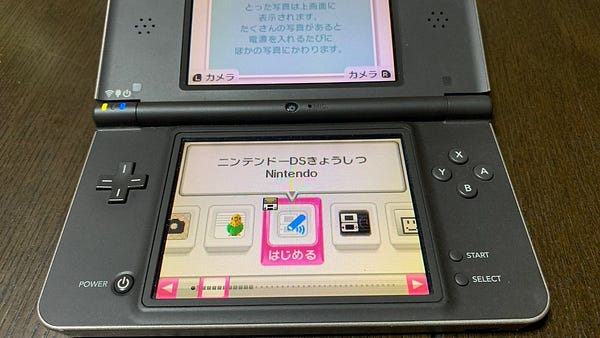
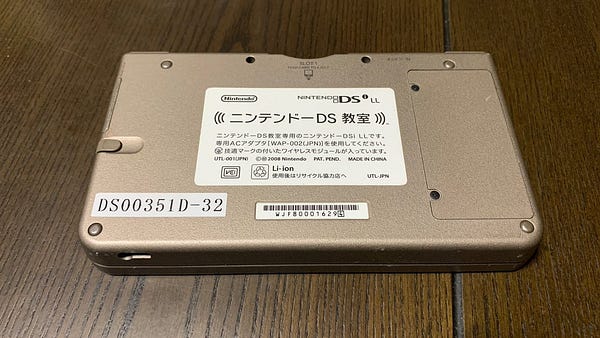
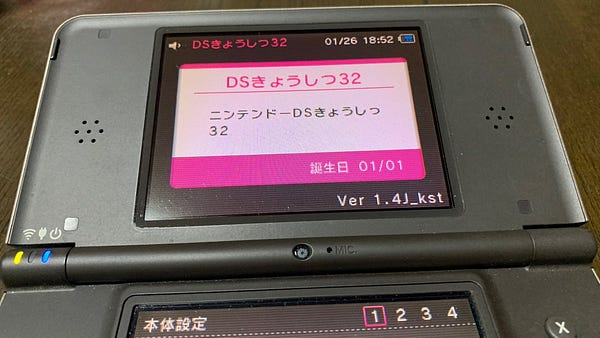
But how exactly was the Nintendo DS Classroom main application? After booting the software, you were greeted by a interface where you had a list of the computers connected through Wi-Fi. A teacher could then start interactive tests for students to answer. At the same time, test scores and rankings could be seen on the teacher's PC.
Below you can look at some screenshots of the Nintendo DS Classroom software (thanks, Game Watch). The first image shows a geometry quiz, while the second displays a translation of a phrase in English. The third image shows how students could answer a teacher's question using three buttons (true, false and don't know). The three last images depict the software used by teachers on their PC.
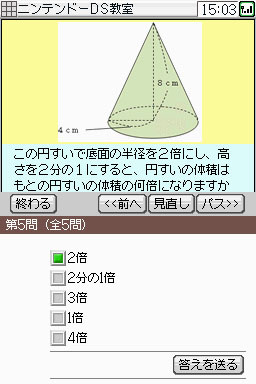
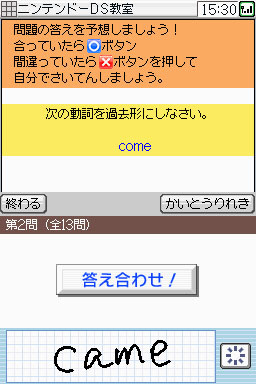
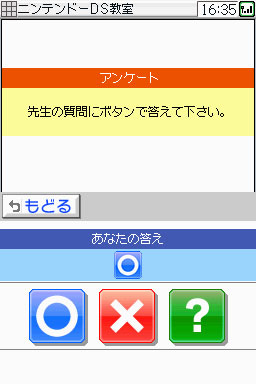
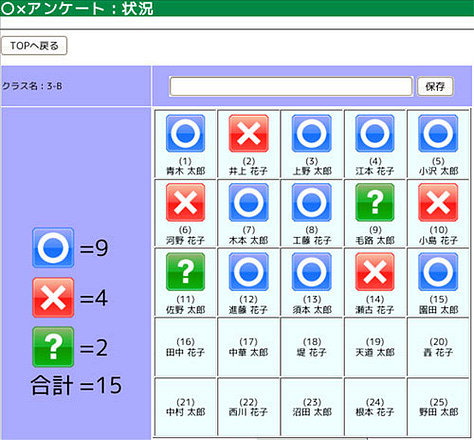
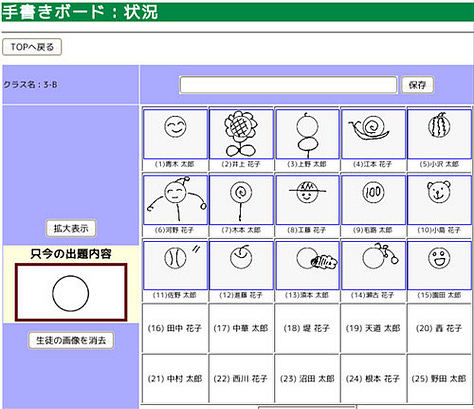
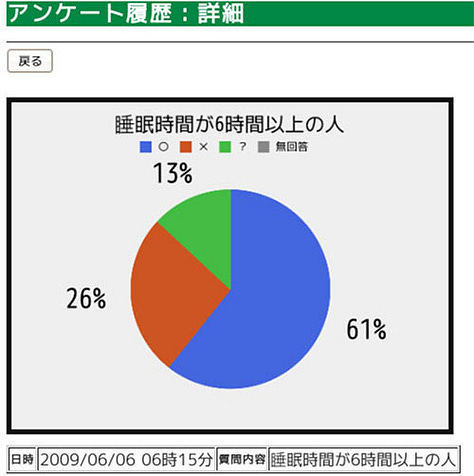
Rare Gaming Dump has also compiled a list of the few known applications for this system:
"ジーニアスパーソナル わえい らくびきじてん", a Japanese dictionary showing explanations in English.
"ジーニアスパーソナル えいわ らくびきじてん", a Japanese and English dictionary.
"めいきょうこくご らくびきじてん", an application for showing abbreviations and their meanings.
The idea of the Nintendo DS Classroom, as original as it was, was not very successful in Japan. A few months after the launch, some units were withdrawn and the software never came to the West in English. Recently some enthusiasts and collectors have managed to get their hands on these special Nintendo DS and DSi (although there are no traces of the PC software), discussing them with the Nintendo community.




